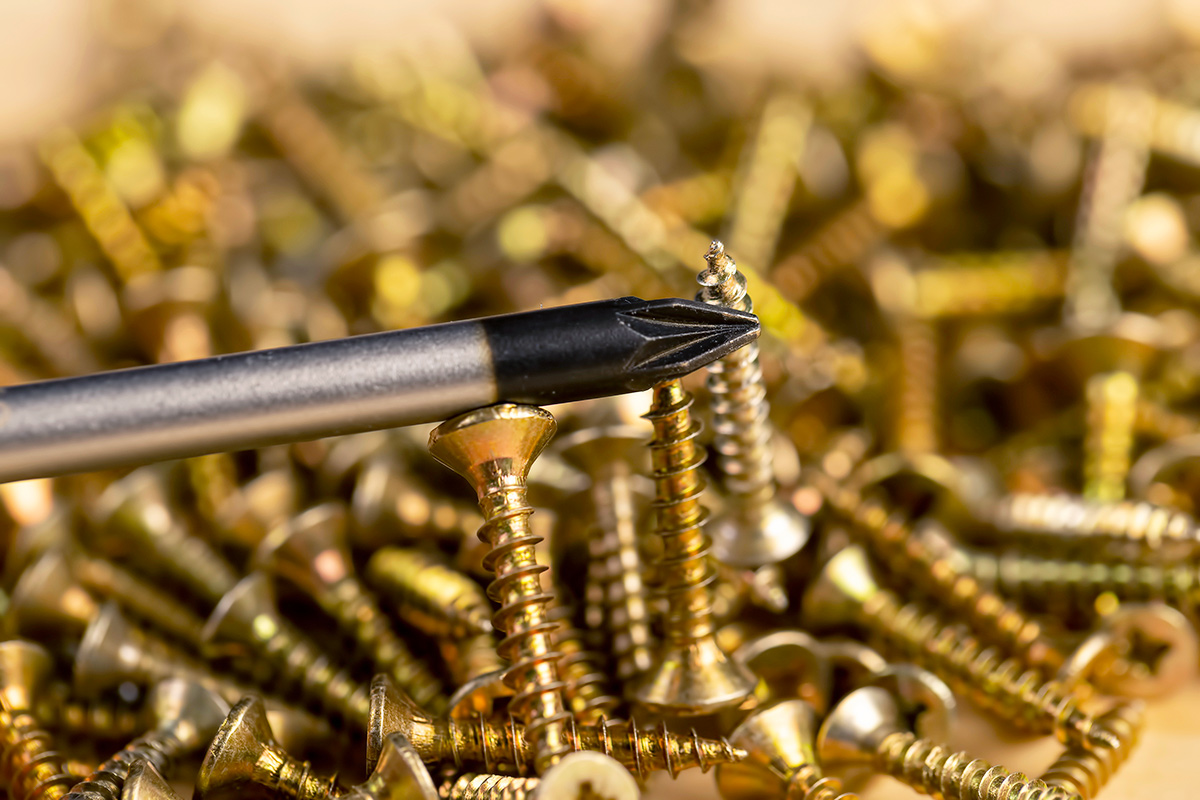It’s a tale as old as time: Your screwdriver does an admirable job of both driving and removing screws, and yet the fact that it isn’t magnetic leaves you feeling incomplete. Though especially prevalent among your standard flathead and Phillips varieties, lack of magnetism has also been known to afflict such lesser-known screwdriver types as…
If you have grown weary of looking at your toolbox with a sense of longing every time you have trouble fitting a screw in a tight or awkward spot, fret not — this one weird trick is about to put an end to your frustration.
Say Goodbye to Dropped Screws
Start by quickly cleaning your screwdriver to ensure it’s neither wet nor dirty. Then, repeatedly rub the magnet along the screwdriver’s shaft in one direction, from the handle toward the tip. Depending on the strength of the magnet (that’s why a rare-earth variety is your best option here), this should take between 10 and 30 passes. Your screwdriver will now be magnetized, allowing you to attach screws to the head.
The magnetization can last anywhere from a few hours to several years, depending on the strength of the magnet used. If the effect lasts longer than you need it to, simply rub the magnet along the screwdriver’s shaft in the opposite direction to demagnetize it.
In addition to making accessing hard-to-reach areas considerably easier, this hack has the added benefit of making you feel as though you’ve successfully conducted a small-scale physics experiment.
More from our network
House Outlook is part of Inbox Studio, which publishes content that uplifts, informs, and inspires.
Other Options To Consider
While the above trick will work in a pinch, you can always buy a magnetizer/demagnetizer tool to alternate between the two states whenever you please. You could also buy a magnetic screwdriver set, though they aren’t entirely without their downsides. They can collect metal debris that wouldn’t stick to their nonmagnetic counterparts, and it’s possible (though not likely) to damage certain electronic components when working with them.



















